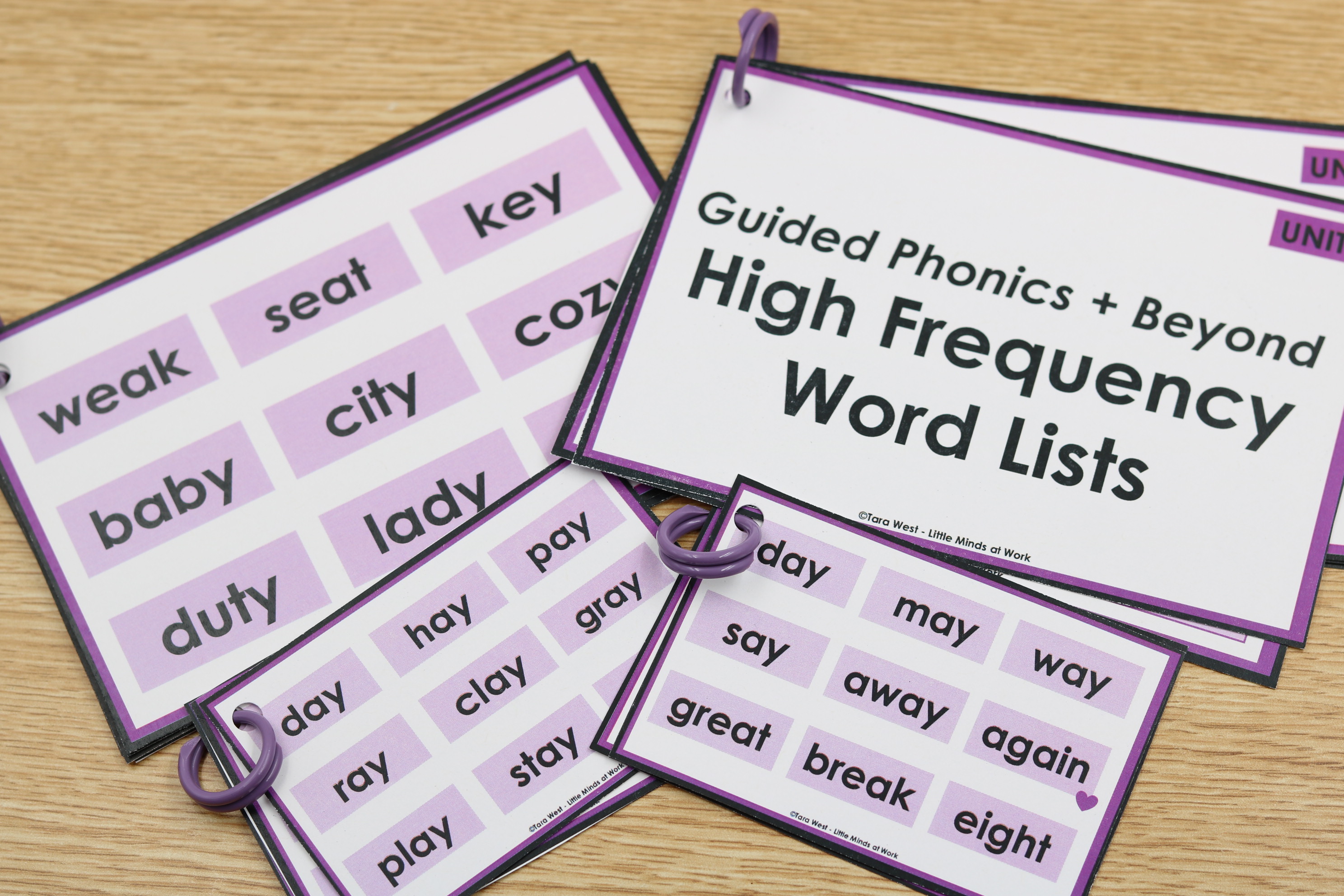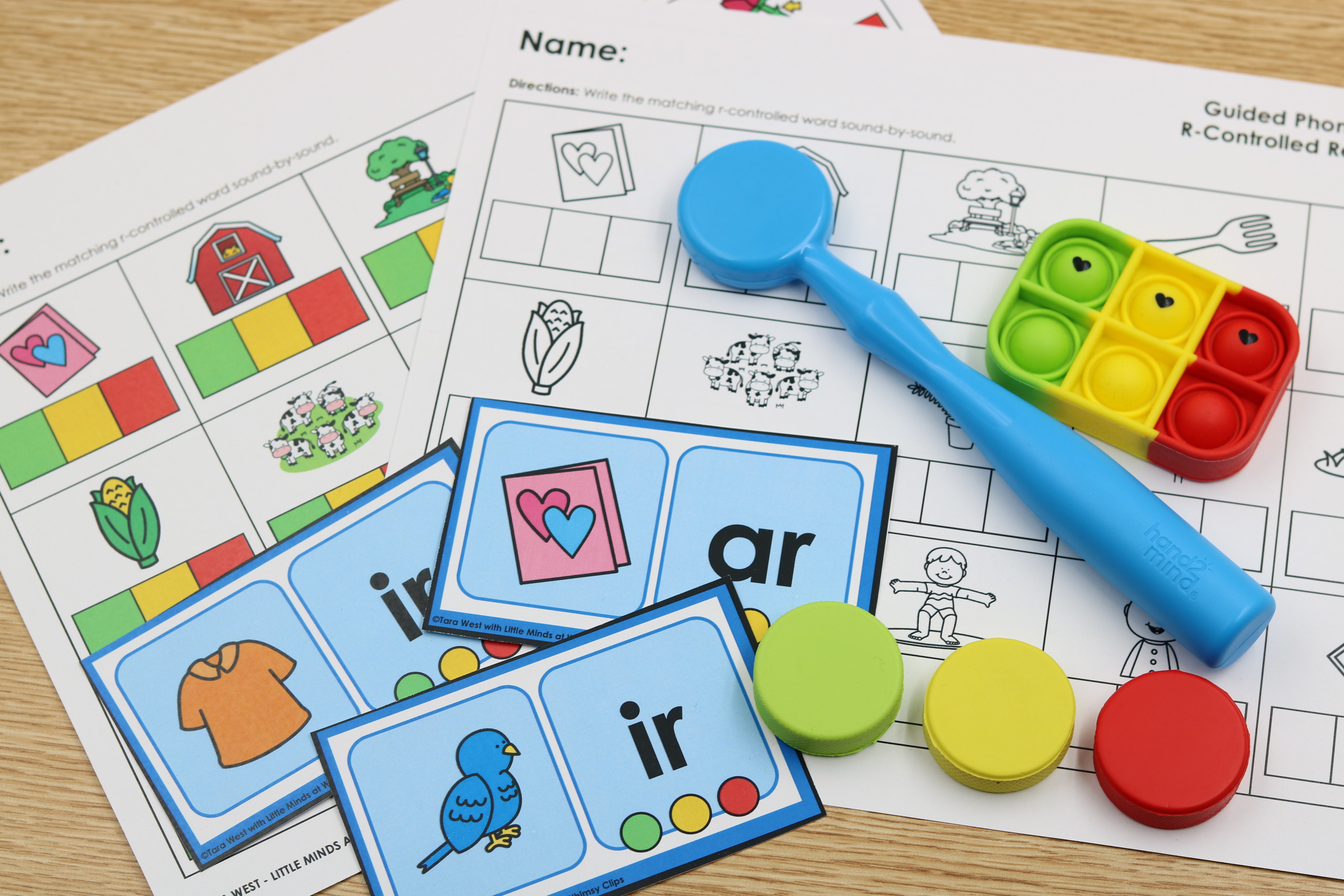Hello, passionate educators and literacy leaders! As you know, phonics instruction is...
Hi friends! Sorry this chapter is posting a bit late…I was having some fun! My husband and I decided to take a weekend getaway to Branson! I like to call it little Vegas- Missouri style 😉 Well my husband talked me into this….
Yeah riding on a zip line isn’t exactly my speed, but hey I survived!
So back to the book study! If you haven’t picked up the text we will be using you can order it by clicking below! Also, if you are wanting an “instant” version you can also find the Google Play “ebook” version HERE.
Chapter four is all about reading across literary and informational genres. The text offers detailed explanations of each genre along with frameworks to help assist those that are writing their own close reads! Below I will explain each genre in more detail!
The text starts out with a basic explanation of literature. That being stories that are invented through one’s imagination. They go on to say that all literature stories will contain these key details; characters, settings, and major events that will show a problem and solution.
The text then goes into specific frameworks or “models” of each literary area; fantasy, folklore, historical fiction, mystery, mythology, realistic fiction, science fiction, and poetry. As I read through each description along with the framework I tried to keep a primary age mindset for each.
I decided to dig deeper into the realistic fiction close reading framework for our discussion here. I thought this framework related closely to books I read in my classroom. I have to say that I enjoy all areas of texts, but realistic fiction does help you get the “best of both worlds” when it comes to read alouds. There is one realistic fiction book that I absolutely fell in love with this year! The book is called, Each Kindness, and it written by Jacqueline Woodson. You can see below a description of the book from her website. This is one of those powerful books that you LOVE to read to your class. They are drawn in with the fictitious pictures…but learn a life skill without much pushing from the teacher.
Click above to view on her website!
So I will use the above book as an example for the realistic fiction close read frame work. The first line will be framework and then below I will explain what that means for the classroom.
Step One: Choose a text that will be meaningful to your students.
{Text- Each Kindness}
Step Two: Determine a purpose for reading.
{I call this the essential question- How are our words like ripples in the water?}
Step Three: Choose a model.
{Realistic Fiction}
Step Four: Decide how to students will have access to the text.
{In my classroom I have chose to read the text aloud for students}.
Step Five: First Read and ask a question/task
{Cold read the text and have students record unknown words they heard in the text}
Step Six: Provide time for discussion.
{Have students complete a answer and discuss writing prompt. Students will answer in a written form, then discuss their answer with a partner. Writing/discussion prompt: Explain a time someone was unkind to you.
How did it make you feel?
Steps Seven and Eight: Complete second read and ask a question/task
{Second read and ask text dependent questions. Have students discuss and answer in a think-pair-share routine with partners.}
Steps Nine and Ten: Complete third read and ask a question/task
{Third read and ask the remaining text dependent questions. Have students discuss and answer in a think-pair-share routine with partners.}
The text goes on to say that each time you read you are building upon the previous read. I like to address the message or essential question each day before and after reading. It really helps to drive home the “big idea” you are going for with the close read!
The text starts out by describing the information or nonfiction genres as a challenge for students. Why the challenge? Nonfiction texts can require prior knowledge on the subject, a larger academic vocabulary, and varying text structures that are not across all genres.
The text then goes into specific frameworks or “models” of each informational area; autobiography, memoir, informational website, primary sources {photographs}, informational text, and math problems. Again, as I read through each description along with the framework I had to try and keep a primary age mindset for each. To focus on a certain framework I decided on informational text as that is what I would be using most in my classroom. I won’t go through the step by step framework as it is the same as the realistic fiction framework I showed above!
Jennifer over at First Grade Blue Skies has also been joining us for the book study and she has explained the poetry genre. She also put together a couple of freebies you won’t want to pass up! Click below to view her post!
We will be following up with chapter five next week! Until then you can view some of my close read packets..including my new first grade packet! With my close read packets all of the “work” has been done. You just need grab the book itself and you are set! All of my close read packets are on sale for 20% throughout the end of the week!
Have a great start to your week!




